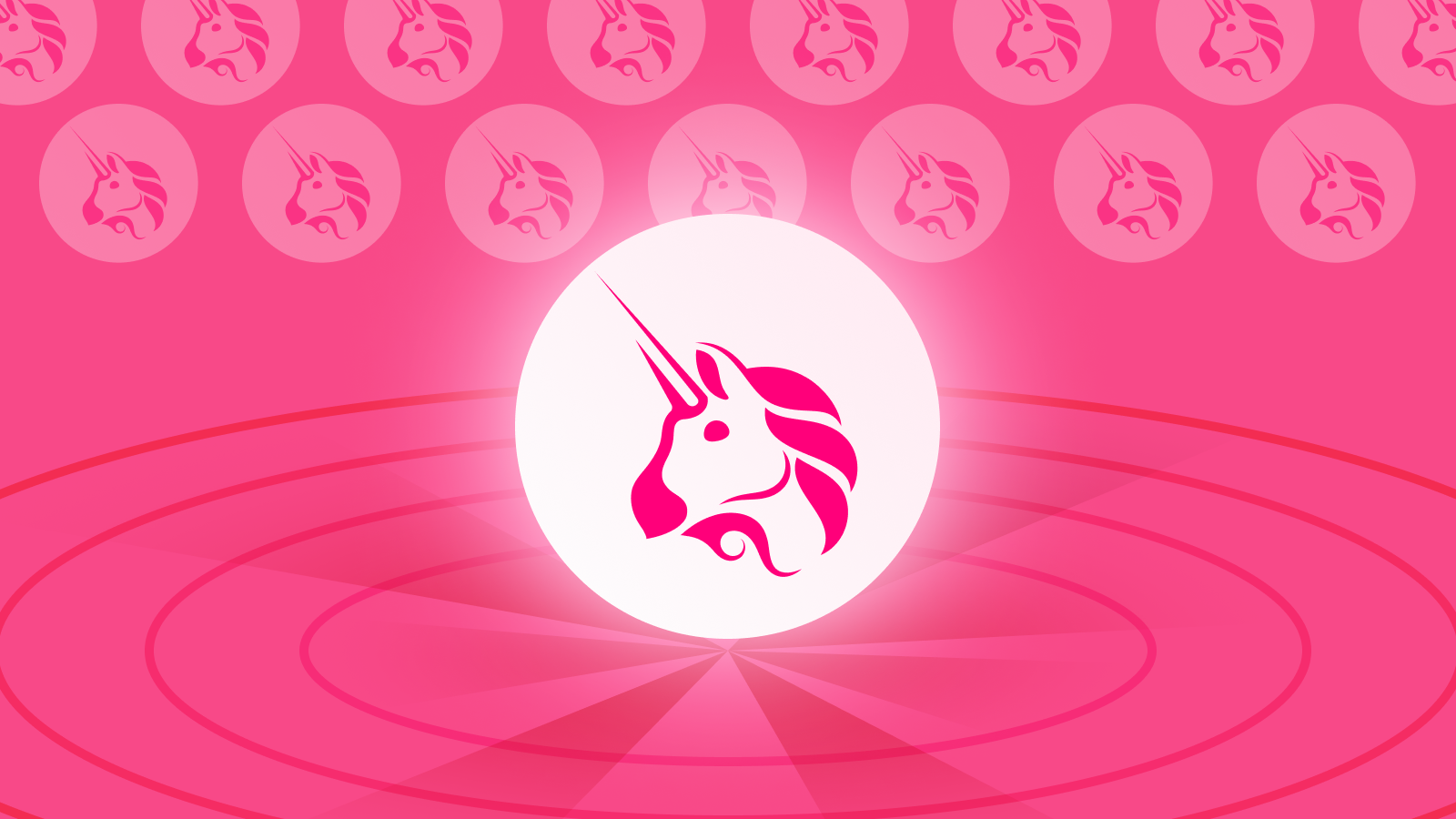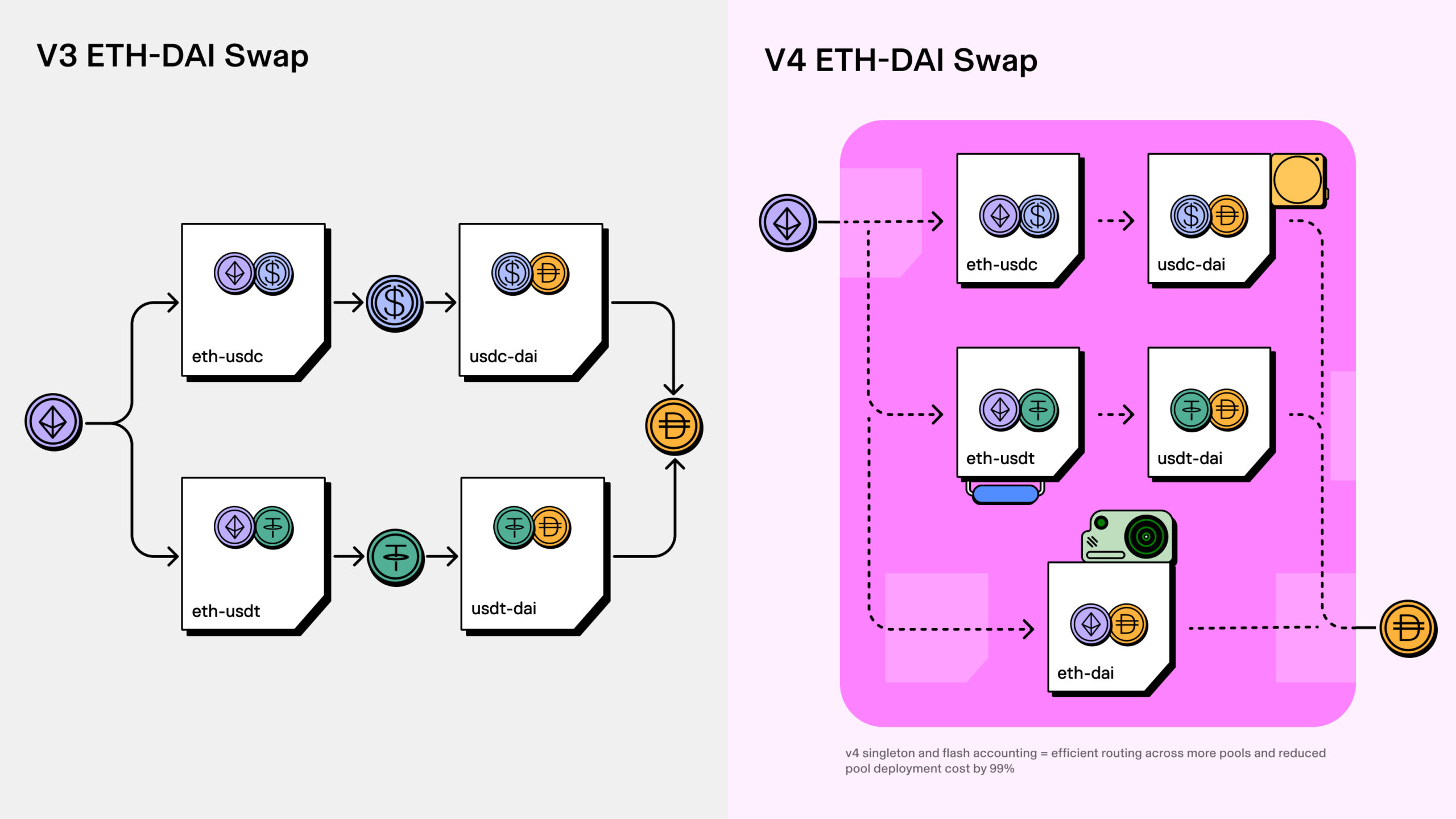
Uniswap Foundation, the company behind the famous decentralized exchange Uniswap, has shared a tentative date when it will deploy the much-awaited Uniswap V4 iteration of its decentralized exchange following the upcoming Ethereum Dencun upgrade.
The Ethereum Dencun upgrade represents a significant step towards increased scalability and efficiency for the network. Its core feature, “proto-danksharding,” introduces a precursor to full danksharding, which divides data storage, enabling parallel processing and potentially reducing transaction fees.
The upgrade, alongside four supporting Ethereum Improvement Proposals (EIPs), aims to optimize block size, refine fee calculations, and ultimately enhance the user experience by addressing Ethereum’s current limitations.
Uniswap shared its latest roadmap on its X (formerly Twitter) social media platform, outlining upcoming plans for its new rollout. The organization emphasized that it is presently in the “Code Freeze” stage of development, focusing on core code finalization, testing, gas optimization, security enhancements, and completing peripheral tasks.

Code Freeze is a stage in software development where all changes or additions to the source code are temporarily halted. During this period, the focus is on stabilizing the existing codebase by fixing bugs, optimizing performance, and conducting thorough testing.
It allows developers to ensure the software is stable and reliable before being released to users. The term “freeze” implies that the code is essentially locked down, and no further modifications are permitted until after the software release.
Uniswap announced that after the code freeze, the foundation would subject the code behind the V4 iteration to extensive audits by audit firms and the crypto community through a contest.
The move will ensure that the code is thoroughly reviewed before it is publicly released. The foundation also announced its goal to provide this iteration with the most reviewed code launched on the Ethereum platform.
Meanwhile, the decentralized exchange will be deployed on the testnet for final adjustments. The third phase aims to release Uniswap v4 on the Ethereum mainnet in the third quarter of 2024. However, this timeline is subject to change depending on the progress of the upcoming Dencun upgrade on Ethereum.
A previously released information regarding the Ethereum network’s Dencun upgrade was that it went live on the Goerli testnet on January 17. The upgrade brings forth various Ethereum Improvement Proposals (EIPs), including EIP-4844, which enables proto-danksharding. The feature is designed to lower transaction fees on layer 2 solutions.
Goerli, a PoS testnet launched in 2019, mirrors Ethereum’s mainnet and offers stability, speed, and low fees. The testiness was phased out by Q1 2023, but support will be provided for it until Q4 2023; the users of the Goerli testnet were urged to transition to Sepolia. Named after an Athens neighborhood, Sepolia is Ethereum’s recommended testnet for smart contract development. Initially private, Sepolia became public during the Shapella upgrade in March 2023. It boasts a controlled validator set and requires less disk space than Goerli.
The rollout of the Dencun upgrade faced a four-hour delay on the Goerli testnet. Nevertheless, the deployment on the Sepolia testnet, Ethereum’s second testnet, proceeded smoothly on January 31. Subsequently, the upgrade entered its third testing phase following deployment on the Holesky testnet on February 7.
Introduced in September 2023, Holesky serves as Ethereum’s newest testnet, succeeding Goerli. It facilitates the validations and staking experimentations, providing a platform for testing protocol upgrades before deployment on the mainnet.
Addressing the scalability concerns of its predecessor, like the shortage of goETH (Goerli ETH), Holesky resolves goETH (Goerli ETH) scarcity by offering approximately 1.6 billion holETH (Holesky ETH). With an impressive validator count exceeding 1.5 million, surpassing both Ethereum mainnet and Goerli, Holesky fosters robust testing environments for scalability and other potential issues.
On February 8, Ethereum developer Tim Beiko announced that the upgrade would be deployed to the mainnet at “slot 8626176.” Blockchain research firm Nethermind noted that this event was scheduled for March 13, 2024, at 1:55:35 pm UTC. The date was determined by Ethereum developers during a call on February 8, after the successful deployment on the Holesky testnet.




